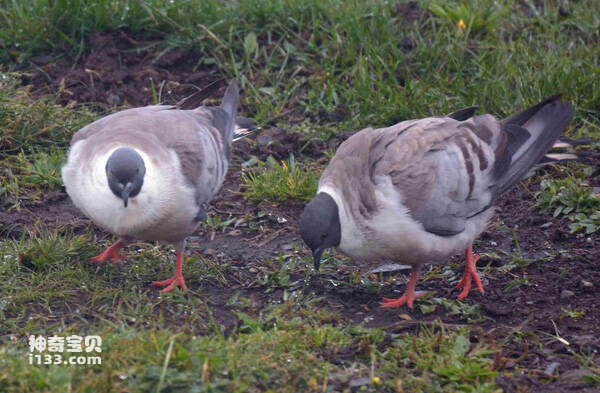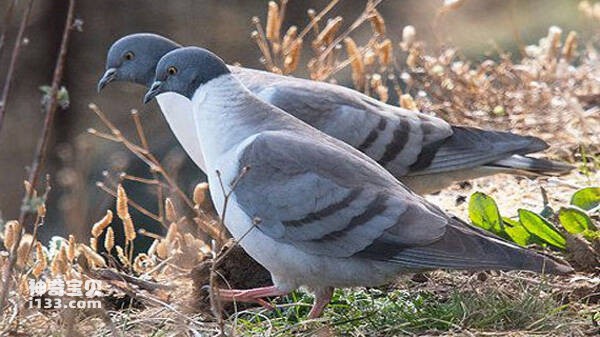Columba leuconota
IUCN
LCBasic Information
Scientific classification
- name:Columba leuconota
- Scientific Name:Columba leuconota,Snow Pigeon
- Outline:Landfowl
- Family:P.Order P.family P.genus
Vital signs
- length:26-36.4CM
- Weight:231-350g
- lifetime:15 years or so
Feature
White around the eyes, white at the lower back of the neck, forming a prominent white collar
Distribution and Habitat
Country of origin: Afghanistan, Bhutan, China, India, Kyrgyzstan, Myanmar, Nepal, Pakistan, Tajikistan and Turkmenistan.
Wandering: Kazakhstan.
Not sure: Mongolia.
It is distributed in northwestern Gansu, eastern Qinghai, northern, western and southern Sichuan, northwestern Yunnan, and southeastern Tibet along the Himalayas to the west.
It is found at altitudes of 2000-4000 meters in the high mountains, and also on the bare rock valleys and rock walls at high altitudes.
Appearance
The male and female feathers are similar. Head and upper neck grey or SLATE grey. White around the eyes. The lower part of the nape is white, forming a prominent white collar. The upper back, two shoulders and inner inner small cover and secondary fly feathers light brown; Lower back white. Black covering on waist and tail. The tail is gray black, and the base of the outer tail feathers is white. There is a broad white band in the middle of the central tail feathers. This spot moves laterally towards the tail feathers. The wings are gray, the middle cover feathers, the large cover feathers and the end of the secondary flight feathers are light brown, and three dark wing bands are formed on the wings. Primary feathers dark gray, tip brown, with narrow silver-gray margin. The outer secondary feathers are gray at base, brown at tip, and dark brown at shaft. The lower body is white.
Juveniles are similar to adults, but the upper body and wings have narrow yellowish feathers. Lower body
Details
The Snow Pigeon (Columba leuconota) has two subspecies.

Snow pigeons are resident birds. Often move in groups. It mainly feeds on plant foods such as grass seeds, wild leguminous seeds and berries. Also eat highland barley, rapeseed, peas, green beans, corn and other crops.

Snow pigeons breed from April to July. Maybe 2 broods a year. They often breed together in groups. Usually the nest is in the high mountains hanging rock cliff stone crevices. They are also sometimes found nesting in holes in the walls and ceilings of abandoned houses on the Tibetan Plateau in China. The nest consists mainly of dead twigs, dead grass and feathers. Usually 2 eggs are laid per litter, occasionally 3 or 1. The size of the eggs is 31-43 mm x 26-31 mm. The male and female incubate the eggs in turn. Incubation period is 17-19 days.
It was included in the List of Beneficial Terrestrial Wildlife under State Protection or of Important economic and scientific research Value issued by the State Forestry Administration of China on August 1, 2000.
Listed in the International Union for Conservation of Nature Red List of Threatened Species (IUCN) for 2016 ver 3.1 - Not Threatened (LC).
Protect wild animals and eliminate wild meat.
Maintaining ecological balance is everyone's responsibility!








